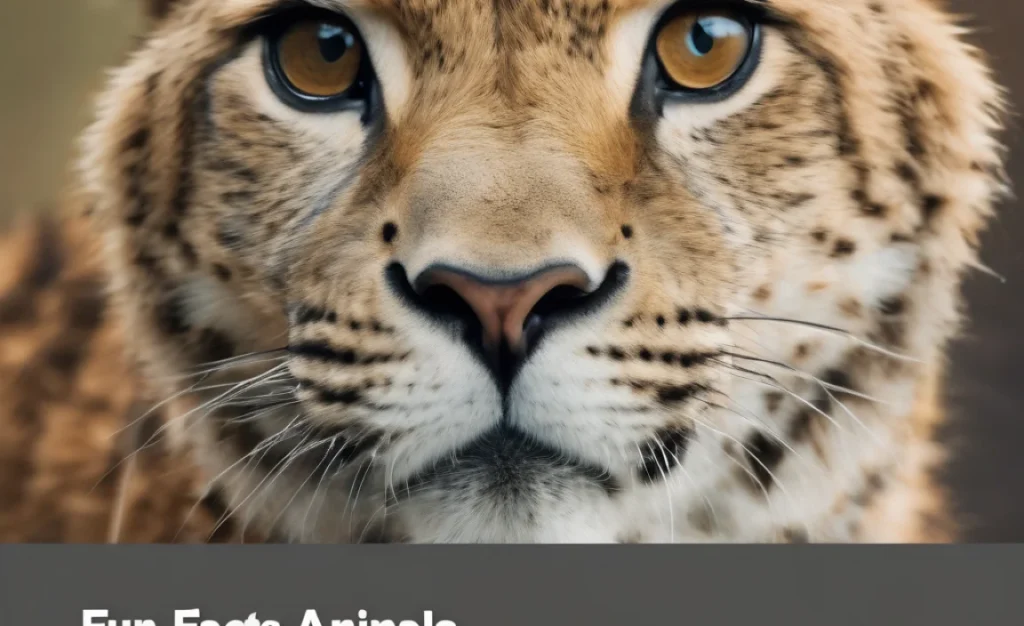Did you know octopuses have three hearts? Imagine if we had extra hearts! Animals are full of surprises. Learning about them is like discovering nature’s secrets. What other fun facts about animals can we explore? How about the fact that some frogs can freeze without dying? Join me as we explore more amazing animal facts.
Key Takeaways
- Octopuses have three hearts and blue blood.
- Some frogs can freeze and still survive.
- Elephants can’t jump. Isn’t that surprising?
- Ostriches can run faster than horses.
- Discover more fun facts about animals in this article.
Intriguing World Of Animal Hearts
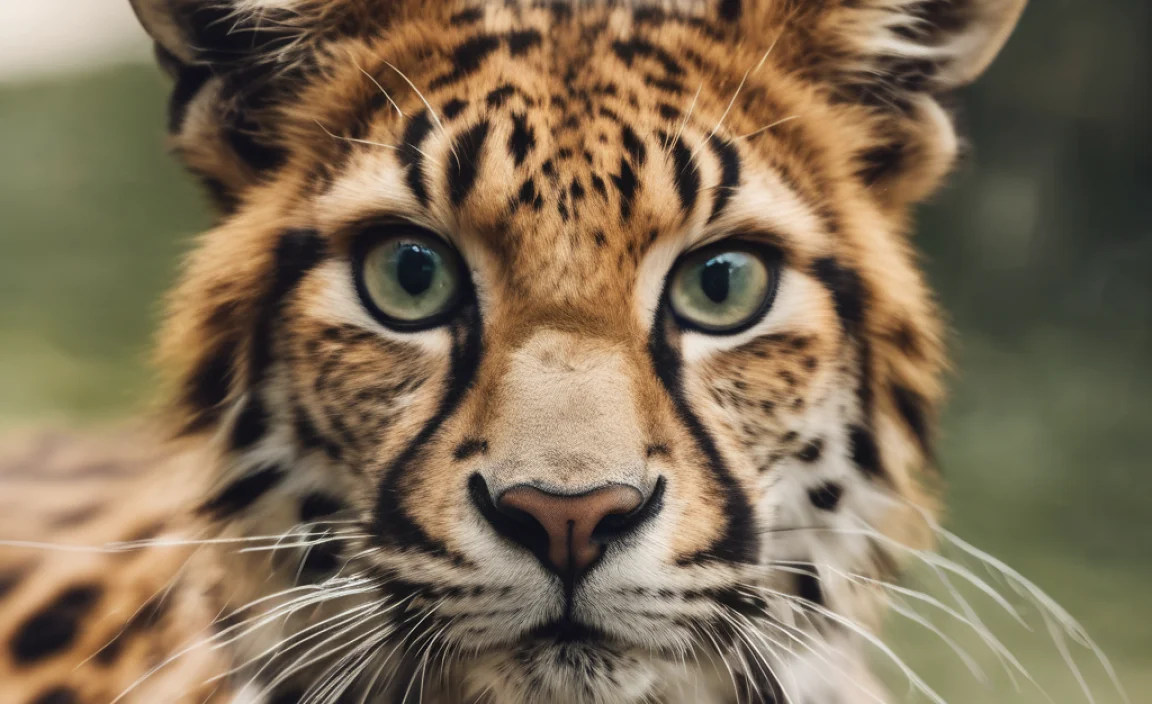
Animals have fascinating hearts. The octopus has three hearts! Two hearts pump blood to the gills. The third heart moves it to the rest of the body. These hearts beat differently. When the octopus swims, the central heart stops. This is why octopuses prefer crawling. Can you imagine having more than one heart? What if humans had three? Many animals have unique heart designs. Their hearts are adapted to their lifestyles. Let’s see more amazing heart facts below.
- Giraffes have large hearts to pump blood up their necks.
- Hummingbirds’ hearts can beat up to 1,260 times per minute.
- Whales have the largest hearts, weighing over 400 pounds.
- A dog’s heart beats between 60 to 140 times per minute.
- Frogs have three-chambered hearts.
These heart differences help animals survive in their environments. The octopus’s three hearts play a key role in its life. They ensure the octopus gets enough oxygen. Giraffes need strong hearts to reach their brain. Heart designs show how animals adapt to their habitats. Each heart reveals a unique survival story. Isn’t it great how nature designs these living creatures?
Fun Fact or Stats : A blue whale’s heart is as big as a small car!
Why Do Octopuses Need Three Hearts?
Why would an octopus need three hearts? It’s because of their unique body plan. Octopuses have blue blood. This blood carries less oxygen. More hearts help circulate it better. The two side hearts pump to the gills. The main heart spreads it elsewhere. Octopuses swim using jet propulsion. It’s energy-consuming. Their central heart stops while swimming. This is why they crawl more than swim. It saves energy. Do you think having more hearts makes life harder?
Animals With Amazing Blood
Did you know not all animals have red blood? Some have blue, green, or clear blood. Like octopuses, horseshoe crabs have blue blood. This is because of copper, not iron. Earthworms and leeches have green blood. Their blood contains a pigment called chlorocruorin. Icefish have clear blood. They live in freezing waters. Their blood lacks red cells. These animals show nature’s variety. How incredible is it to have differently colored blood?
Elephant Hearts Vs. Human Hearts
Have you ever wondered how big an elephant’s heart is? It’s much bigger than ours! Elephant hearts weigh about 26 to 46 pounds. Human hearts weigh less than a pound. Elephants need big hearts to pump blood through their large bodies. Their hearts beat about 28 times a minute. Human hearts beat 60 to 100 times per minute. This shows how different animals’ bodies work. Isn’t it fascinating how size affects heartbeats?
Freezing Frogs And Their Secrets
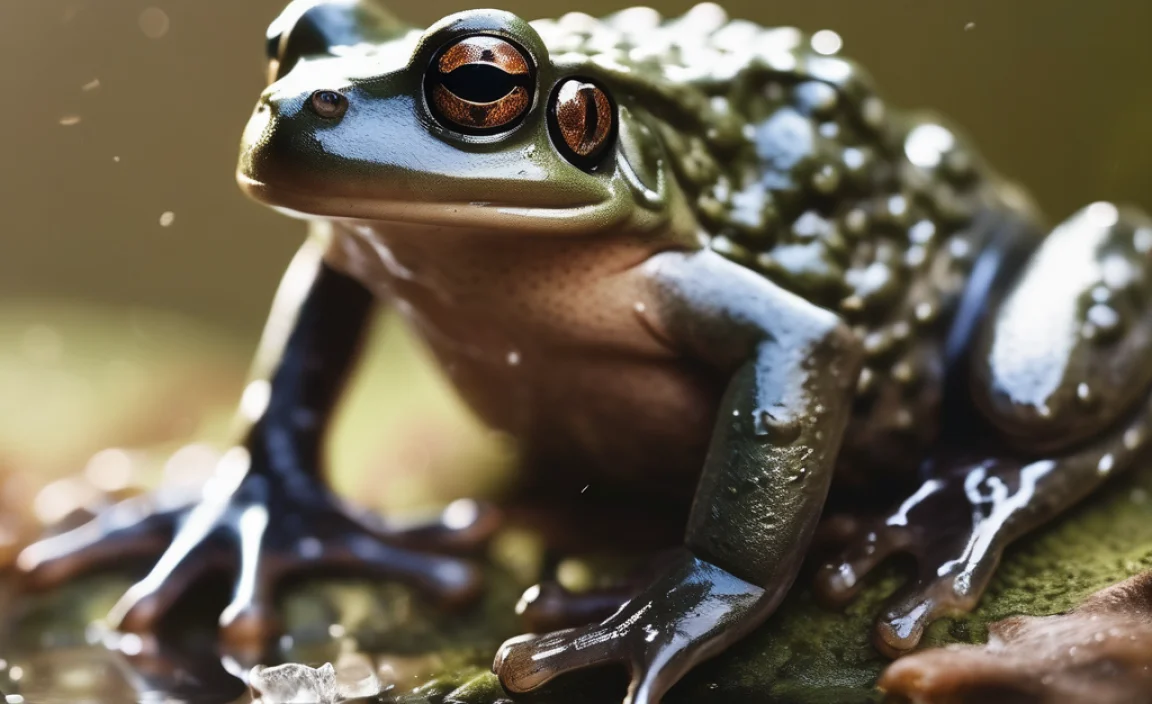
Some frogs can freeze solid in winter. Wood frogs are famous for this trick. Imagine a frog turning into an ice cube. During winter, they stop breathing. Their heart also stops beating. Yet, they don’t die. They produce a special “antifreeze” in their bodies. This stops their cells from freezing. When spring comes, they thaw and hop away. How do they do it? Their special proteins and glucose help them survive. It’s a real-life science miracle!
- Not all frogs can freeze; only a few species can.
- Wood frogs live in North America and Alaska.
- They can survive temperatures as low as -80°F.
- Antifreeze in their blood protects their organs.
- Frogs return to normal once they thaw.
Wood frogs’ freezing skill shows nature’s wonders. This ability helps them survive harsh winters. They amaze scientists with their cool trick. They are nature’s super survivors. Frogs’ bodies are like tiny frozen time capsules. This helps them during cold months. It’s a great example of animal adaptation. Discovering more about them is exciting!
Fun Fact or Stats : During freezing, frogs can remain alive without any heartbeat!
How Do Frogs Freeze Without Dying?
How can frogs freeze and not die? It’s like magic! They produce special substances. These include glucose and urea. These act as natural antifreeze. Their cells don’t form ice crystals. This protects their organs. The frog’s heart stops beating. But when they thaw, everything restarts. This process is unique. It’s an incredible survival strategy. Have you ever seen anything so cool?
What Happens During Frog Thawing?
What happens when a frog thaws? It’s like waking up from a long nap. When temperatures rise, frogs slowly thaw. Their heart starts beating again. They begin to breathe. Their frozen body returns to life. It’s a smooth transition. They hop away to find food. This thawing process is gentle. It doesn’t harm the frog. Nature’s wonders are endless. Have you seen something so fascinating?
Are There Other Animals That Freeze?
Are frogs the only animals that freeze? No, there are others too! Some turtles can freeze in winter. They stay under frozen ponds. Woolly bear caterpillars freeze too. This helps them survive cold weather. Arctic ground squirrels can lower their body temperature. They hibernate to survive. These animals are masters of freezing. Nature gives them amazing skills. Have you heard about such amazing creatures?
Elephants: Gentle Giants
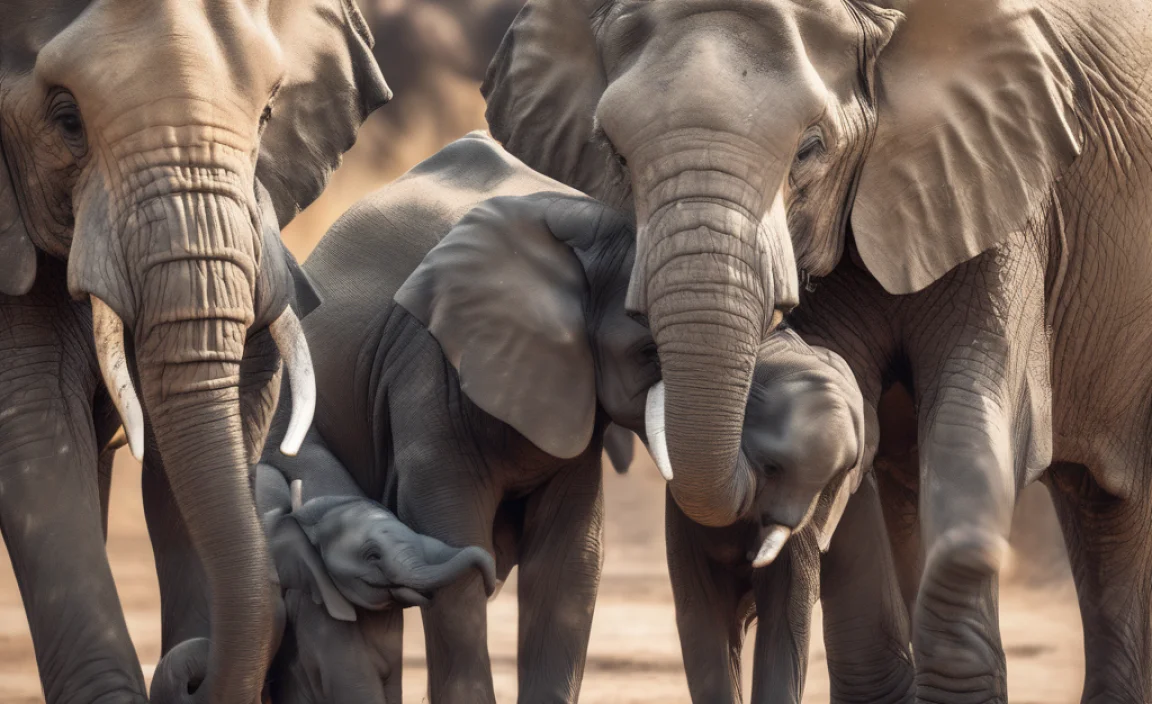
Elephants are the world’s largest land animals. They are gentle giants. These creatures are full of surprises. Did you know elephants can’t jump? Even though they are big, they have strong minds. Elephants are very intelligent. They remember things for a long time. They can even recognize themselves in mirrors! Elephants use their trunks like super hands. They lift heavy logs and gather food. Elephants communicate using low sounds. These sounds travel long distances. Let’s learn more about these amazing animals!
- Elephants can’t jump due to their heavy bodies.
- They have strong family bonds and form herds.
- African elephants have bigger ears than Asian ones.
- Elephants’ trunks have over 40,000 muscles.
- They love to swim and use their trunks as snorkels.
Elephants are amazing in many ways. Their huge size doesn’t stop them. They are social and care for each other. They are considered nature’s gentle giants. Their intelligence and skills are inspiring. They play important roles in their ecosystems. Elephants teach us the importance of family and community. They are truly fascinating animals, aren’t they?
Fun Fact or Stats : Elephants can weigh up to 14,000 pounds!
Why Can’t Elephants Jump?
Have you ever seen an elephant jump? No, because they can’t! Elephants are too heavy. Their legs are designed for strength, not jumping. They weigh thousands of pounds. Jumping would harm them. Their legs keep them stable and strong. Elephants walk and run. But they don’t leave the ground. No jumping for these gentle giants. Isn’t it interesting how their weight affects their abilities?
Elephant Communication Skills
Did you know elephants have secret ways to communicate? They use low rumbling sounds. These are called infrasound. Humans can’t hear them. But other elephants can. These sounds travel over miles. Elephants also use body language. They flap their ears and touch each other with trunks. This helps them share their feelings. They have strong family bonds. Isn’t it amazing how elephants communicate?
Elephant Memory: Myth Or Reality?
Have you heard the saying, “An elephant never forgets”? There’s truth in it. Elephants have excellent memories. They remember places, other elephants, and humans. They have big brains. This helps them learn and recall information. Their memory aids in survival. They find water and food even after years. Elephants’ memories are legendary. It’s fascinating, isn’t it?
Ostriches: Fast Running Birds
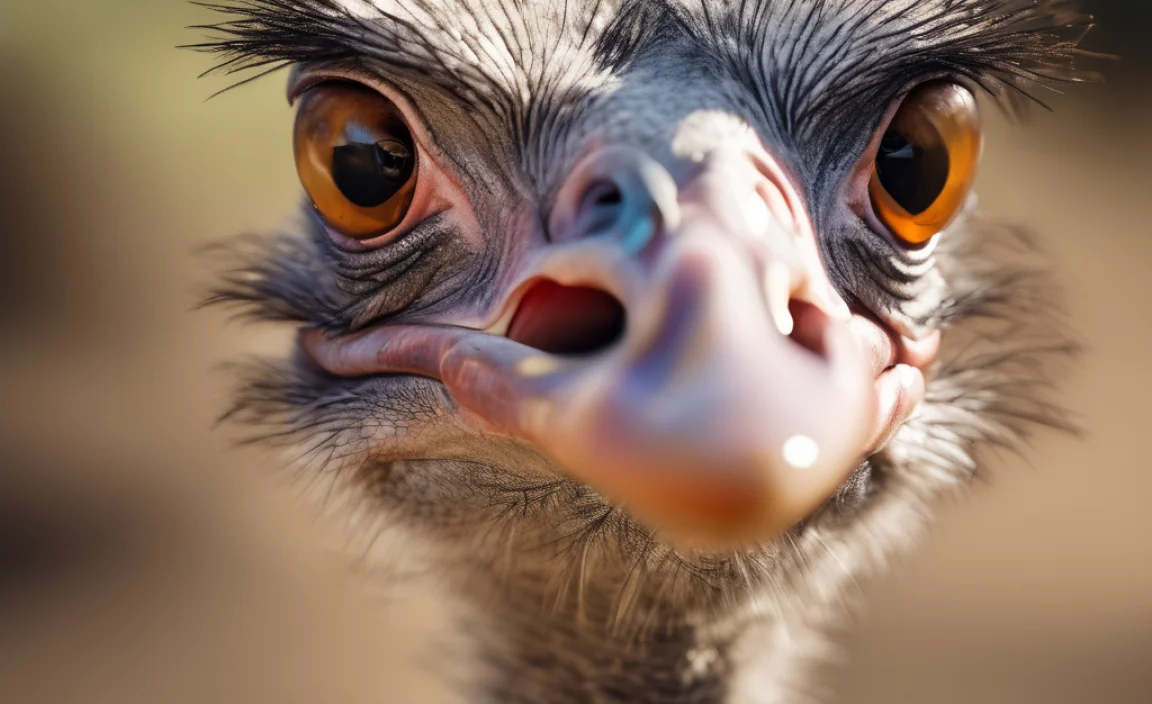
Ostriches are the fastest running birds. They are flightless birds with strong legs. These birds can run faster than horses. An ostrich can run up to 45 miles per hour. This helps them escape predators. Ostriches have long necks and big eyes. They have excellent vision. This lets them see threats from far away. Unlike other birds, ostriches lay the largest eggs. Their eggs are as big as a human head. Isn’t that amazing? Let’s dive into more facts!
- Ostriches have only two toes on each foot.
- They use their wings to change direction while running.
- Ostriches live in African savannas and deserts.
- They can go without water for several days.
- Ostriches eat plants, seeds, and insects.
Ostriches are unique creatures. Their running speed is their best defense. They have adapted to live in harsh conditions. Their large eyes help them spot danger. They are nature’s speedy birds. Their eggs are a wonder too. Ostriches are full of surprises. Do you think you can run as fast as an ostrich?
Fun Fact or Stats : An ostrich’s eye is bigger than its brain!
How Do Ostriches Run So Fast?
Have you ever wondered how ostriches run so fast? They have powerful legs. Their muscles are built for speed. They take long strides. Ostriches run on two toes. This helps them move quickly. Their wings help them balance. They are natural sprinters. Running fast helps ostriches escape danger. It’s their best survival skill. Can you imagine running so quickly?
What Do Ostriches Eat?
What do ostriches eat? These birds are not picky eaters. They munch on plants and seeds. They also eat insects and small animals. In the wild, they find food easily. Ostriches live in areas with scarce water. They get water from the food they eat. They are adapted to survive in dry places. Isn’t it amazing how they find food?
Why Are Ostrich Eggs So Big?
Ostrich eggs are the largest of any bird. Why are they so big? Ostriches are large birds. They need big eggs to create strong chicks. An ostrich egg can weigh up to three pounds. It’s hard and tough. These eggs can support an adult human’s weight. They are strong and sturdy. Ostrich chicks are well-protected. Isn’t it interesting how big an ostrich egg can be?
Conclusion
Animals are full of surprises and wonders. From octopuses with three hearts to freezing frogs, nature amazes us. There are endless fun facts about animals to discover. Each animal has unique skills and adaptations. They show us the beauty of life on Earth. Learning about them inspires curiosity. What other amazing animal secrets can you uncover? Keep exploring!
FAQs
Question: What animals have three hearts?
Answer: Octopuses are known for having three hearts. This helps them move oxygen through their bodies effectively. Two hearts pump blood to the gills, while the third sends it to the rest of the body. Isn’t that an awesome fun fact about animals?
Question: Can all frogs freeze without dying?
Answer: Not all frogs can freeze and survive. Only certain species, like the wood frog, have this ability. They produce special substances that act as natural antifreeze. This prevents their cells from freezing completely, allowing them to survive extreme cold.
Question: Why can’t elephants jump?
Answer: Elephants are too heavy to jump. Their legs are designed for strength, not jumping. They weigh thousands of pounds, and jumping could harm them. They can walk and run, but not leave the ground. It’s a surprising fun fact about animals!
Question: How fast can ostriches run?
Answer: Ostriches can run up to 45 miles per hour. They are the fastest birds on land. Their powerful legs and long strides help them move quickly. This speed helps them escape predators and survive in the wild.
Question: What color is octopus blood?
Answer: An octopus’s blood is blue. It contains copper-based hemocyanin, which carries oxygen. This is different from human blood, which is red due to iron-based hemoglobin. It’s an interesting fun fact about animals!
Question: Why are ostrich eggs so large?
Answer: Ostrich eggs are large because they belong to the world’s largest bird. Bigger eggs mean more space for the chick to grow. They are strong and can support an adult’s weight. Isn’t that an impressive feature of ostriches?


